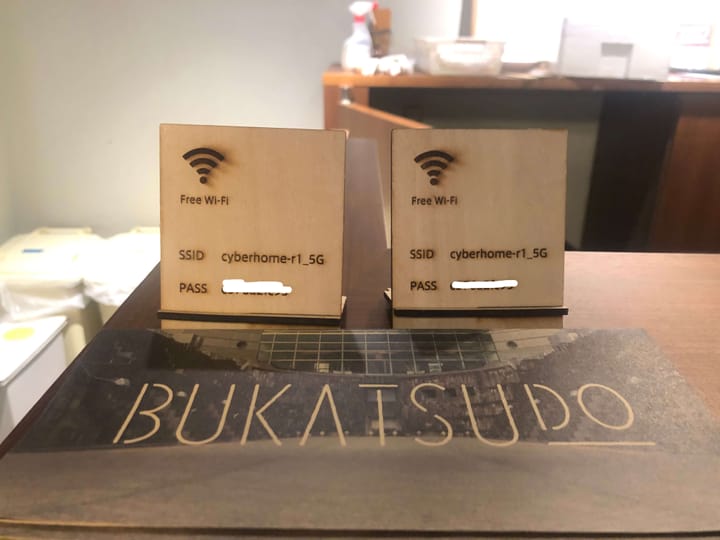Recommendations for beneficial apps to download before landing in Japan?
Discover essential apps for traveling in Japan! From Google Maps for navigation to Google Translate for language help, enhance your trip today!

What apps should I download before arriving in Japan to make my trip easier?
Honestly, the essentials for me are pretty simple: since free WiFi spots are surprisingly scarce in Japan, having reliable internet access is the biggest priority. I usually get a pocket WiFi or a local SIM card before landing. Beyond that, Google Maps and Google Translate cover most of my navigation and communication needs. If you’re traveling during the rainy summer months, I also recommend downloading a rain radar app. It’s a lifesaver for avoiding those sudden downpours that can ruin your day if you’re caught off guard.
Is pocket WiFi really necessary? Can't I just rely on free WiFi or use my hotel’s internet?
From my experience, free WiFi in Japan isn’t as widespread or reliable as in some other countries. While you’ll find free WiFi in big airports, some train stations, cafes, and major tourist spots, it’s not guaranteed everywhere, especially in suburban or rural areas. Hotels generally have WiFi, but it’s not helpful when you’re out exploring. I personally rent a pocket WiFi device for about ¥600–¥900 a day (roughly $4.50–$7 USD), which gives me consistent internet wherever I go. It’s an extra cost, but having internet on hand makes daily life and spontaneous plans so much easier.
You mentioned Google Maps and Google Translate—are there any challenges using these apps in Japan?
Google Maps is my go-to for public transit and walking directions. Japan’s train and bus systems are extensive but can be confusing, especially in big cities like Tokyo or Osaka. Google Maps usually nails the routes, but sometimes it doesn’t include every tiny local bus or rural train. For those rare cases, I might check the local transit app or station signs.
As for Google Translate, it’s surprisingly handy for reading menus, signs, or asking simple questions. However, the translations aren’t always perfect, so I don’t rely on it for complex conversations. Japanese people appreciate when you try to speak a few words in Japanese, but having translate helps bridge the gap when needed.
What about the rain radar app? Can you recommend a specific one, and how do locals use it?
When summer arrives, especially July and August, Japan gets a lot of sudden, heavy rain showers—sometimes they look like tropical downpours. I use an app called “Yahoo! Weather” or “Weathernews,” both have detailed rain cloud radar features showing real-time precipitation. These apps let me see if it’s about to rain in my exact area within the next hour.
Locals check these apps multiple times a day to avoid getting soaked. For example, if I see a rain cloud approaching my planned outdoor activity spot, I’ll either shift the schedule to earlier or later, or find an indoor alternative nearby. Tourists can’t always avoid the rain, but this app makes it possible to minimize that unpleasant surprise.
Are there any other apps that Japanese people use daily but tourists might overlook?
Most Japanese people don’t rely on tourist-specific apps but rather on everyday tools. Besides Google Maps and Translate, LINE is hugely popular for messaging—so if you want to keep in touch with Japanese friends or even shop staff who use it for communication, it’s worth downloading. However, tourists don’t usually need it unless interacting closely with locals.
For dining, many Japanese people use apps like Tabelog to check restaurant reviews, but since the interface is in Japanese and focused on local tastes, it’s less accessible for travelers. Still, if you’re adventurous and want to dive into the local food scene, it can be fun to explore.
To sum it up: prepare for reliable internet access first (pocket WiFi or SIM), have Google Maps and Translate handy, and if you visit in rainy season, a rain radar app changes your game completely. These apps cover what Japanese people actually use day-to-day, so you can experience Japan more like a local instead of just ticking tourist checkboxes.


Comments ()